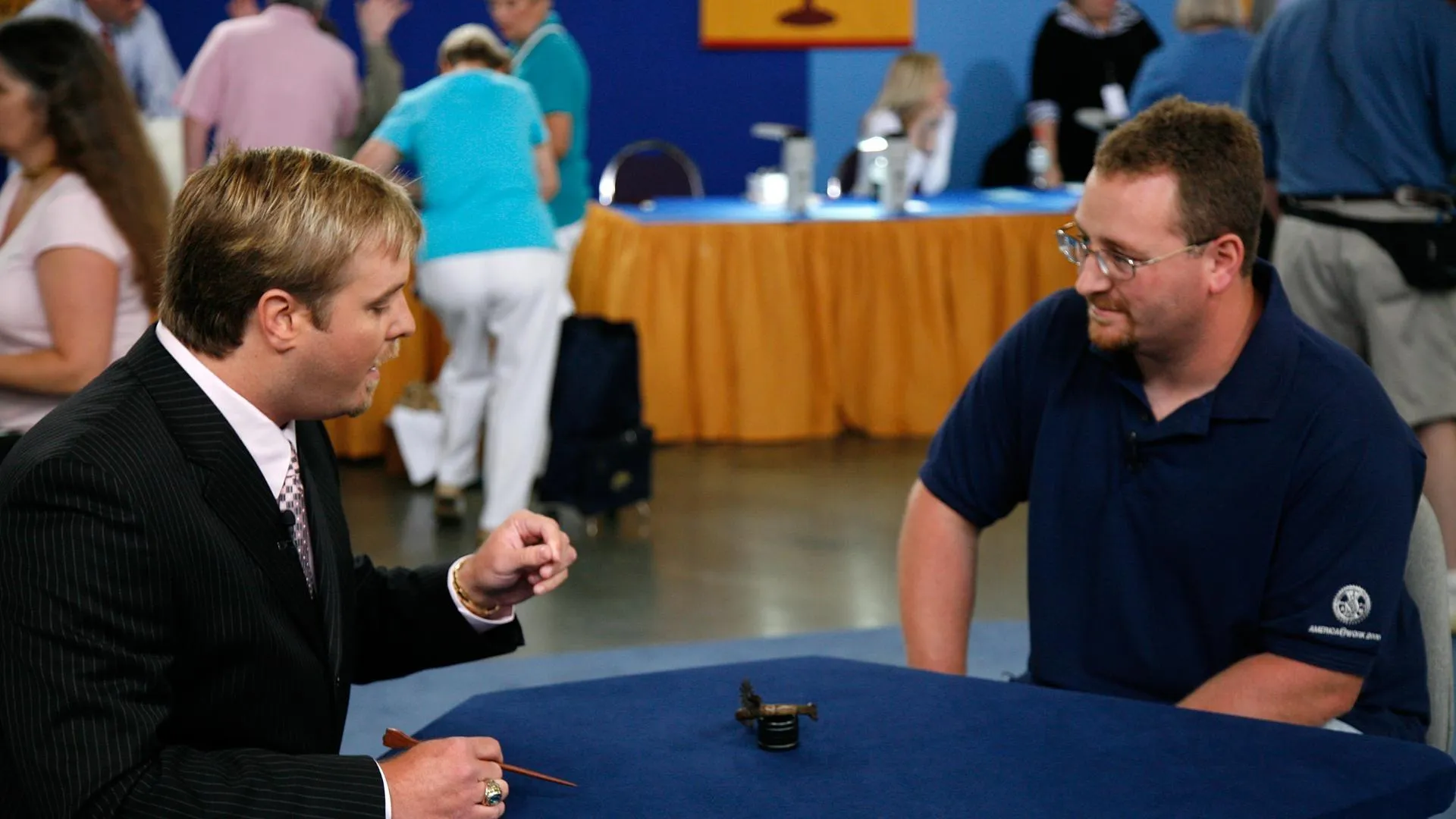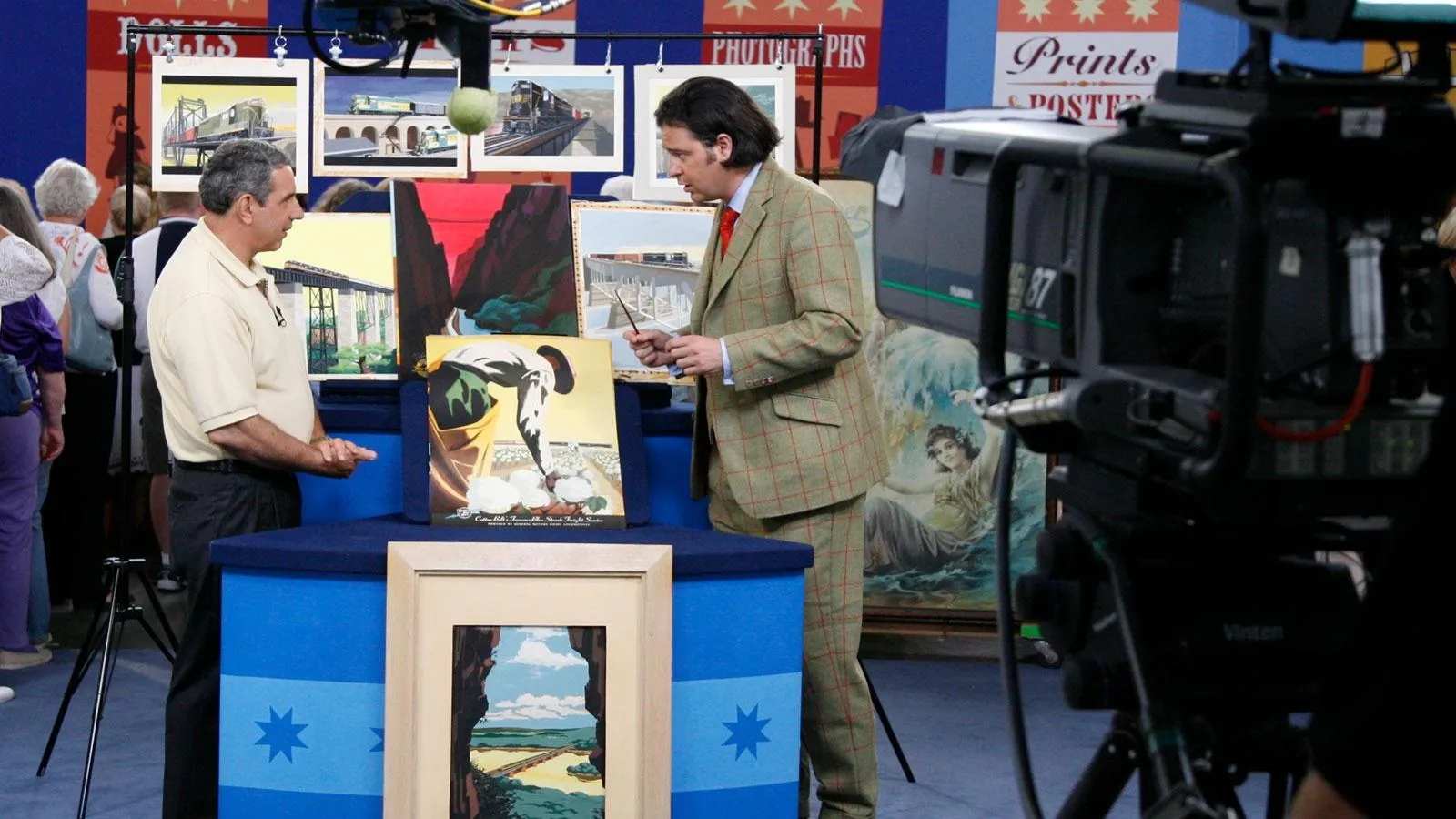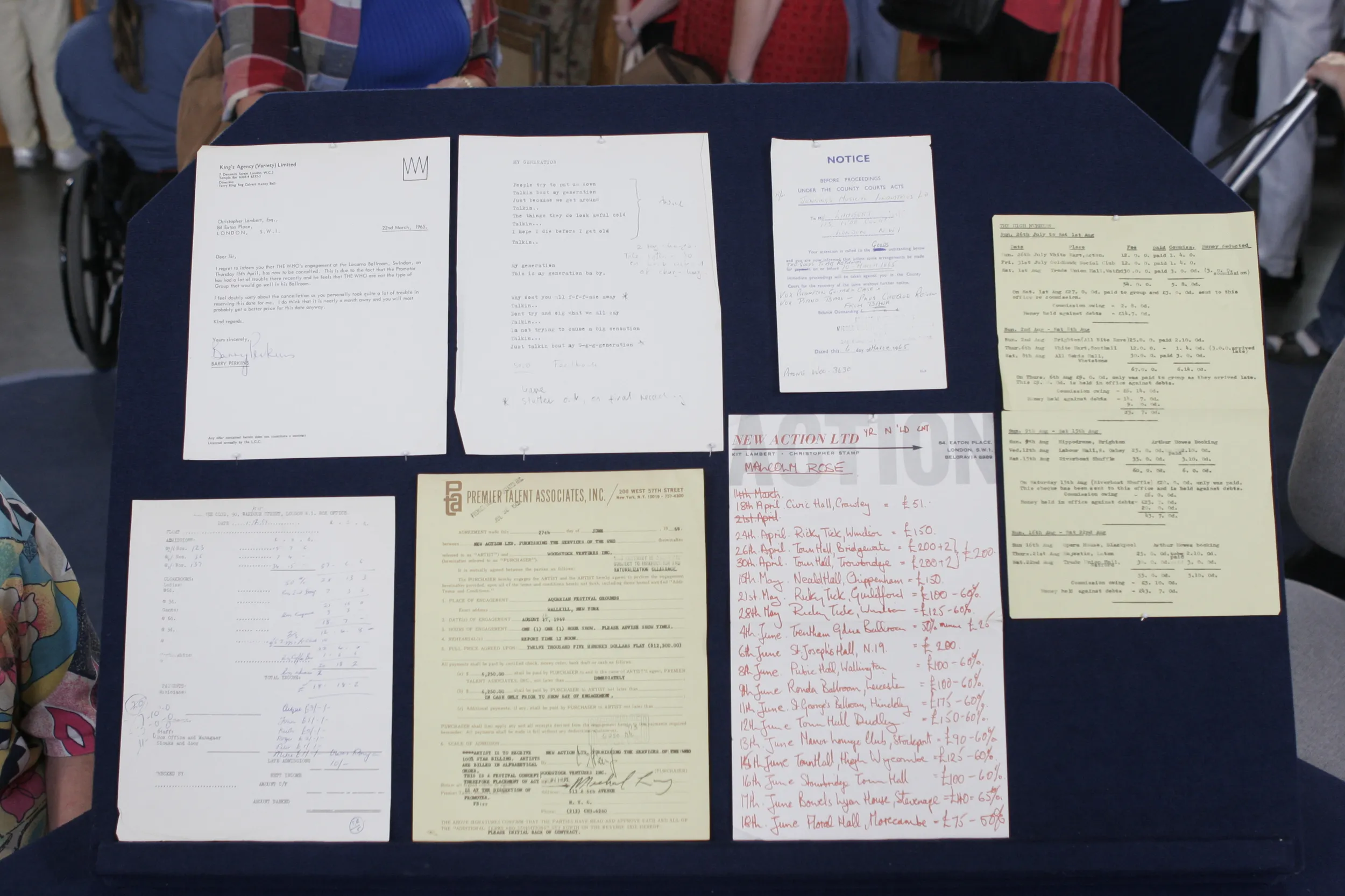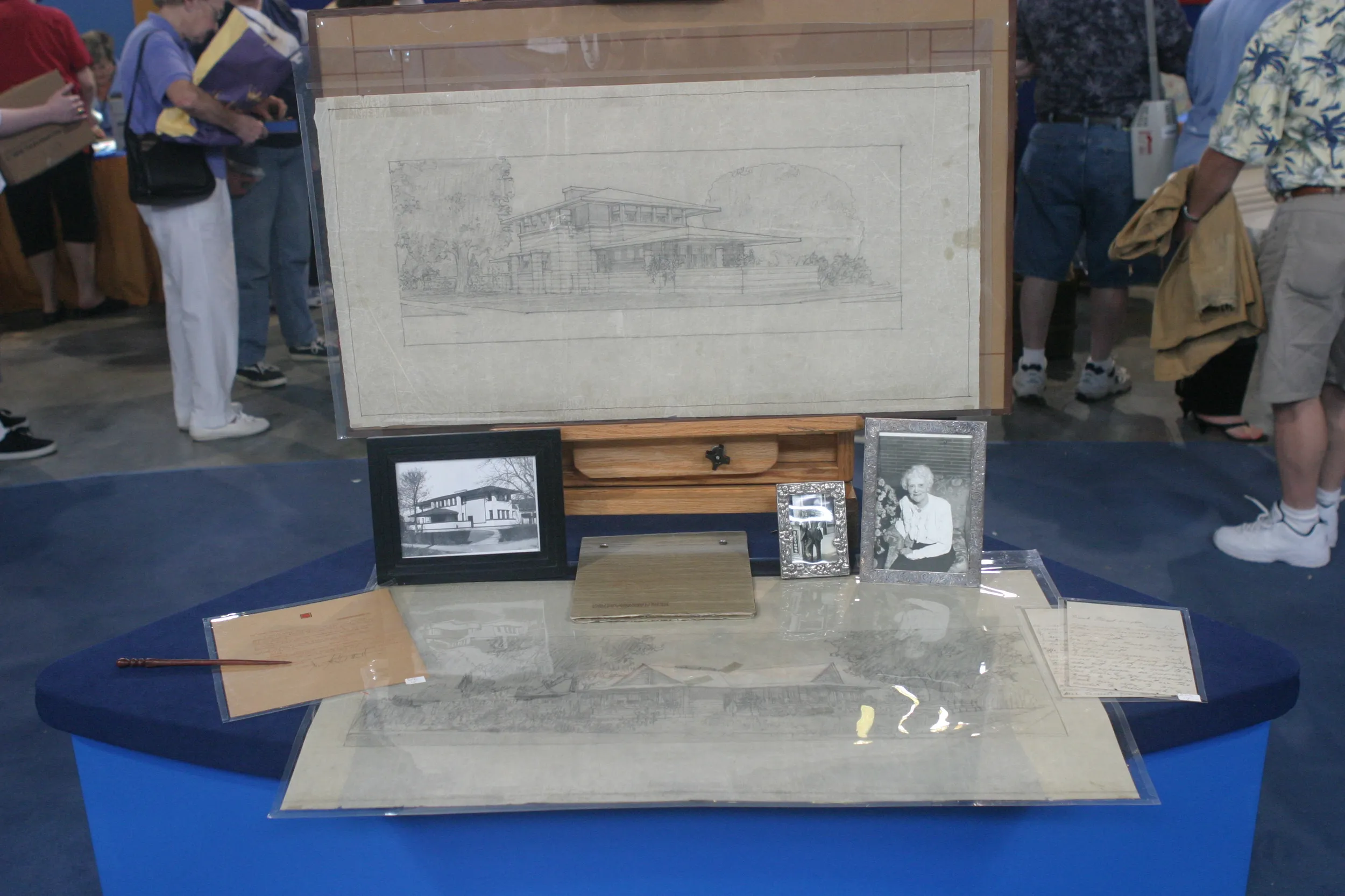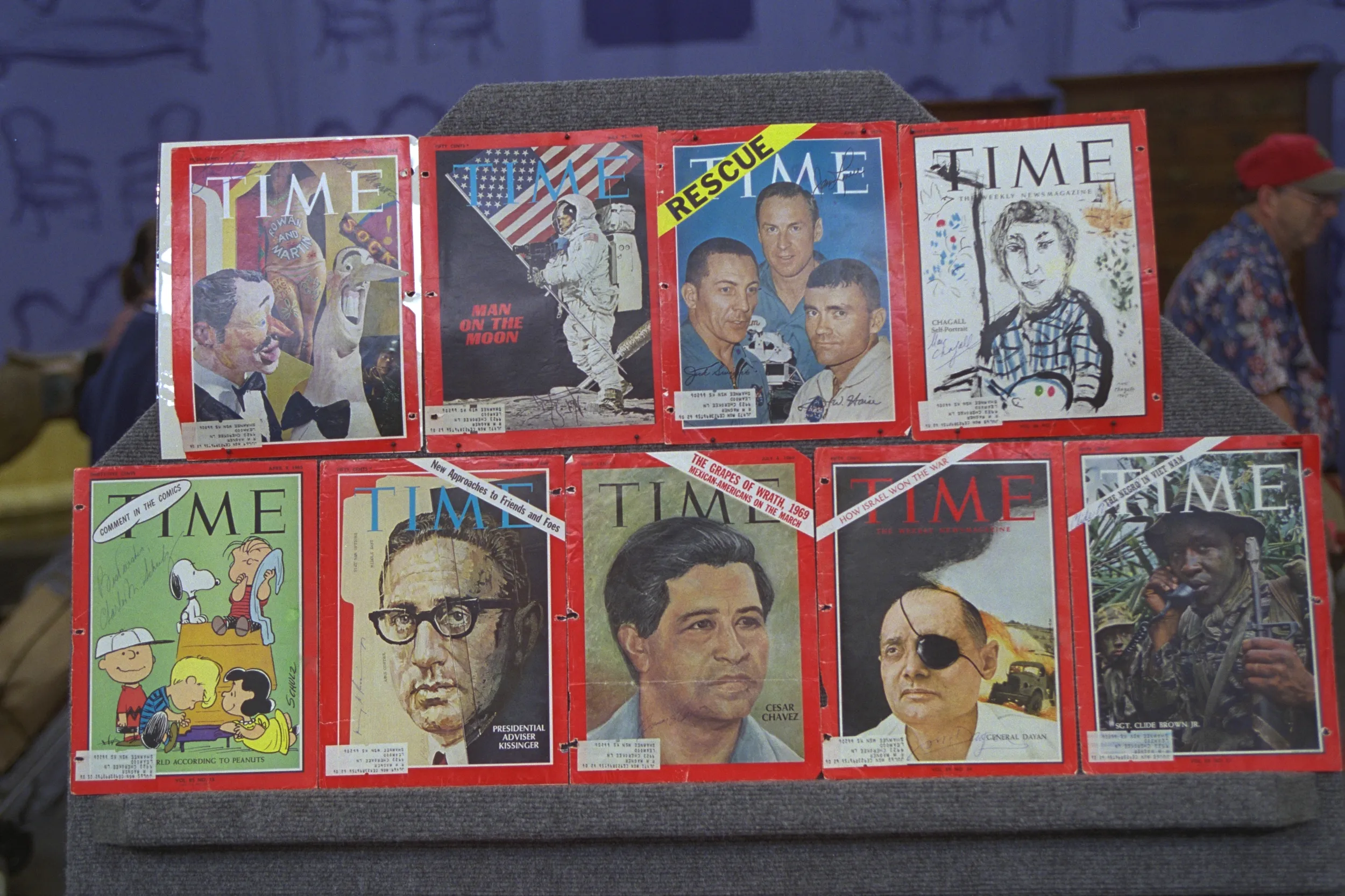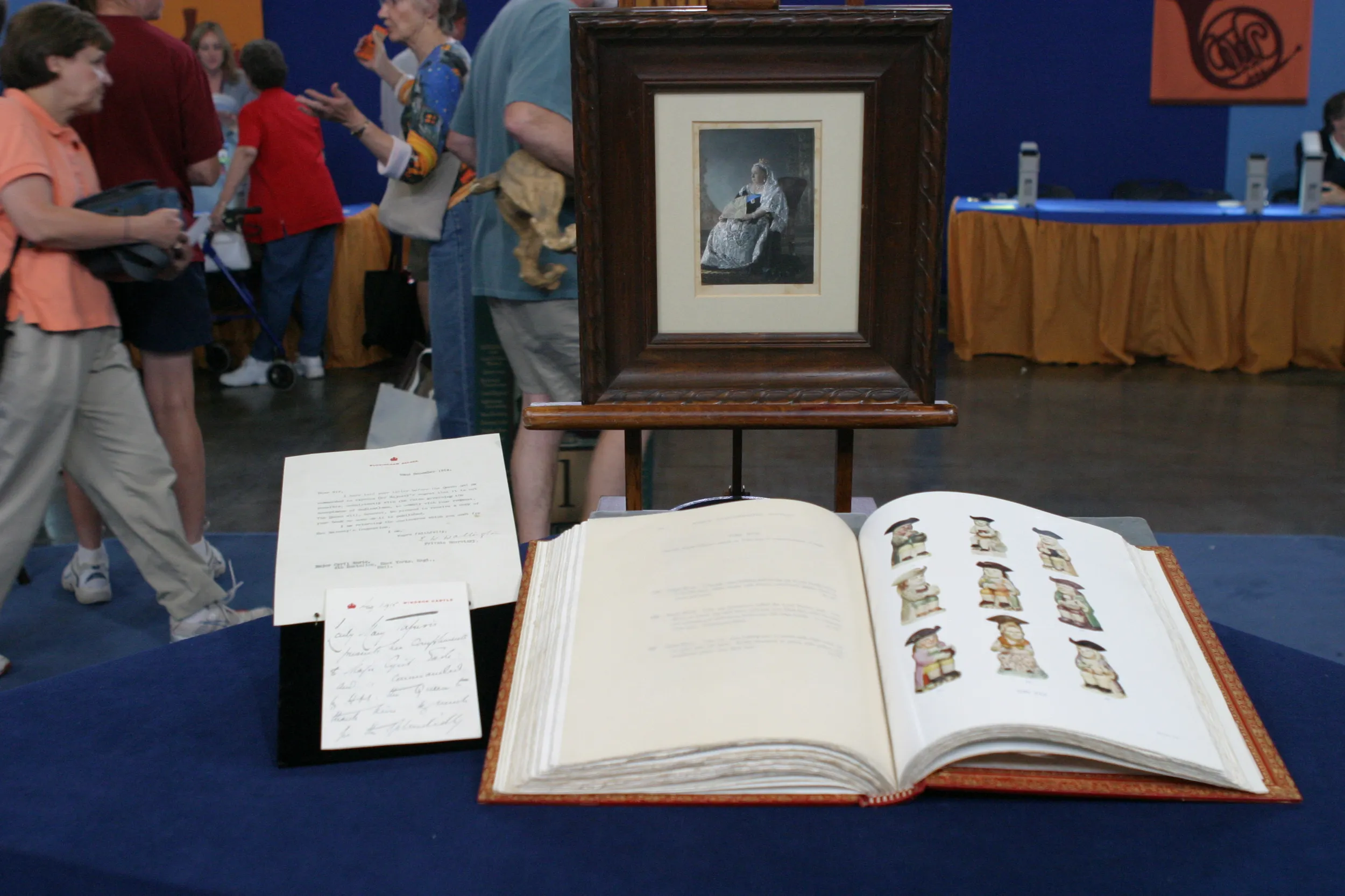APPRAISER: These two volumes you inherited from your ancestor, who was the actual author of these journals.
GUEST: That's right. They were passed to me from my dad. They've been historically passed down to first son, to first son.
APPRAISER: We’ll, look at the title page, where it says it's a journal of a cruise in
the United States Ship Peacock, South Sea surveying exploring expedition. William Hudson, Esquire, Commander. Hudson was the commander of the Peacock, which was one of the ships under the overall command of Charles Wilkes, who from 1838 to 1842 was the commander of the United States exploring expedition. It was one of the largest exploring expeditions ever mounted by the United States, and one of the first mounted by the United States Navy.
GUEST: Is that right?
APPRAISER: Now, your ancestor was a prominent member of the crew, and he kept this journal, which you can, you can see is incredibly detailed. There's not a single page in these two volumes that isn't written in this dense hand. The purpose of the exploring expedition was to go to the Pacific Ocean, primarily, and survey it for the whaling and seal industries. It explored 280 islands in the Pacific.
GUEST: Goodness.
APPRAISER: It explored 800 miles of the Oregon coast. And you might not know this, but while they were in the Northwest coast, Charles Wilkes himself named an island after your ancestor in, in Washington.
GUEST: Oh, he did?
APPRAISER: He did. He did.
GUEST: Oh, I didn't know that.
APPRAISER: One of the most interesting things is the journey from Australia to Antarctica. You see the beginnings of the journey from Port Jackson, Australia…
GUEST: Ah.
APPRAISER: Into the southern waters, which got quite cold, as you can imagine. These next few pages are amazingly detailed in their discussion of the icebergs and the floes. They went back north in the Pacific, and the following year, the Peacock actually was wrecked.
GUEST: Yes, I read-- I read about that.
APPRAISER: ...On the coast.
APPRAISER: And here he talks about the ship being wrecked in July of 1841. All of the crew and all of the supplies had to be brought ashore and transferred to another one of the ships, the Oregon, and they continued.
APPRAISER: One of the purposes of the expedition was to bring back specimens. 60,000 specimens were brought back, which became the foundation for the Smithsonian Collection.
GUEST: Holy cow.
APPRAISER: Now, the official account of this was published in 1845, published under Wilkes' own name. That book brings in the neighborhood of $2,000 to $3,000. But a firsthand account like this, in manuscript, is quite unusual, and especially given the rich detail. It's not just recording the weather and the wind patterns. It's recording encounters with Natives, what happened to the ship, what
the land looked like. How do you put a value on it? It's very difficult, and I know it's something that you probably would never consider selling.
GUEST: Yeah, no.
APPRAISER: I would estimate it for auction at $15,000 to $20,000. For insurance purposes, I would suggest a figure of $30,000. It's absolutely outstanding. A firsthand account from the most significant American naval expedition of the 19th century. Thank you so much.
GUEST: Thank you so much.
GUEST: Uh, in ten sentences, you've told me more than I've ever known about this.
APPRAISER: Oh, that's terrific. (chuckles)
